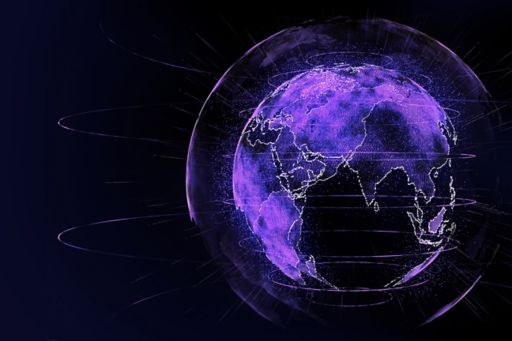It has been said before: Australia has the potential to become a renewable energy superpower with considerable international leverage. However, we can’t do it by ourselves, and neither can anyone else – no single nation has access to all the elements that will be needed for energy security in a decarbonised world.
Countries which invest early and hard in the non-fossil energy resources of the future will find themselves in a very different power dynamic from where they are now. Cooperation and conflict will look very different to today, as some countries benefit from the transition, and some countries lose. Future business success, too, will hinge in no small part on when and how they move to renewables.
The future energy security/national security challenge
Energy security has long underpinned national security – the ability to ensure sufficient fuel to power the economy is critical for a nation-state to prosper. In addition to national security, control over energy supply also results in power over others, as we saw during the oil crisis in 1973 when members of the Organisation of Arab Petroleum Exporting Countries (OAPEC) imposed an oil embargo against nations seen as supporting Israel in the Yom Kippur War.
In a decarbonised world, energy security, and therefore national security, as well as the capability to exert power over others, will come from renewable energy, and almost all renewables, like wind turbines, solar panels, and batteries, require a particular set of minerals and metals to build and run them. This is also true of green hydrogen, given that what makes it genuinely ‘green’ is the energy used to separate hydrogen from oxygen in water to create it, which will also rely on this set of minerals. While often described as ‘rare earths’, or ‘critical’ minerals, these elements are not inherently critical or rare. Criticality is defined as such by nation-states on the basis of how much we need them, and because their supply may be uncertain, potentially threatened by geopolitics, geological accessibility, political and commercial will, economic rules, or other factors.
The ‘rarity’ terminology comes from how dispersed the minerals are, not often found in clusters concentrated enough to make them viable for mining.
These elements may not be inherently rare, or critical, but they are finite, and demand and production is growing exponentially. Some analysts have predicted that between 2010 and 2030, the annual global demand for elements like gallium, indium, selenium, tellurium and rare earths to manufacture solar panels and wind turbines will increase by up to 230 percent of world supply. There is a real possibility that demand could outstrip supply, especially given that material substitutions are very limited – although technology substitutions may be more readily available, like wind turbines that don’t use permanent magnets.
Ensuring supply meets demand will also be challenged by the potential for environmental risks and social impacts associated with extracting the minerals and elements necessary for a decarbonised world. These risks will be exacerbated by any rush to meet demand undermining due diligence around potential risks and impacts, and with the increasing frequency and severity of extreme weather events.
So what for Australia and Australian business?
No single nation has access to all the elements for energy security in a decarbonised world, yet we must decarbonise because the cost of not doing so is far worse. What is needed now is global cooperation including governments and the private sector around the management of raw materials to ensure economic, political, social, and environmental sustainability and stability. However, what we have is a context of growing uncertainty and mistrust, where competition for minerals will grow in order to protect energy security and national security.
While the global geopolitical context is outside of our control, Australia can navigate the volatile circumstances and position itself as a strong global player able to resist the risk of coercion or influence by others who could seek to disrupt energy supplies. Australia is estimated to have the world’s sixth-largest resource of rare earth elements and critical minerals and there is opportunity for Australian mineral businesses to position themselves as preferred suppliers.
We can work towards achieving our own energy security, as well as becoming a trusted provider of energy security to others, particularly fast-growing markets in our region, if we build towards export dominance in clean electricity, green hydrogen, green steel, and ethically sourced critical minerals, and improve the resilience of supply chains.
In the energy transition, countries and businesses that move first, and move decisively, will gain the advantage in new industries, technologies, and export markets. In the current geopolitical environment, developing and building up Australia’s green energy industry has scope to bring a myriad of benefits for businesses, the economy, and national security.
Connect with us
Save, Curate and Share
Save what resonates, curate a library of information, and share content with your network of contacts.



